Search results for 'de 18'
-
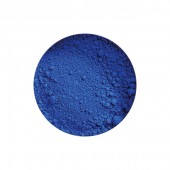
Azure Blue Pigment
Starting at: £12.00
-
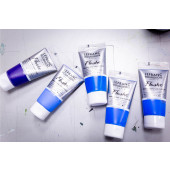
Lefranc Flashe 80 ml
Starting at: £9.70
-
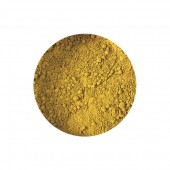
Raw Sienna Pigment
Starting at: £4.00
-
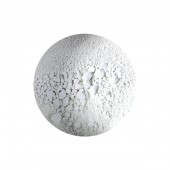
Titanium White Pigment
Starting at: £4.00
-
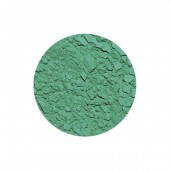
Cobalt Green Light Pigment
Starting at: £8.70
-
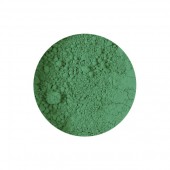
Viridian Green Pigment
Starting at: £6.30
-
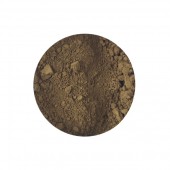
Burnt Umber Pigment
Starting at: £4.00
-
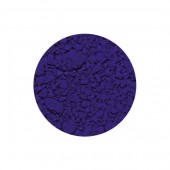
Ultramarine Blue Limewash Pigment
Starting at: £6.30
-
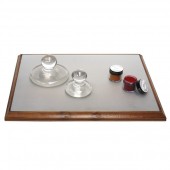
Mixing Slab
Starting at: £24.00
-
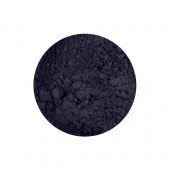
Ivory Black Pigment
Starting at: £4.50
-
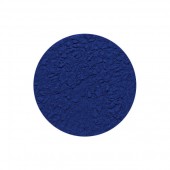
Ultramarine PB29 Pigment
Starting at: £9.10
-
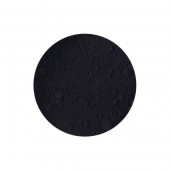
Spinel Black Pigment
Starting at: £8.00
-
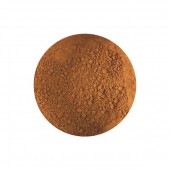
Burnt Sienna Pigment
Starting at: £4.00
-
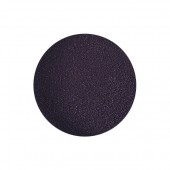
Indigo Blue Genuine Pigment
Starting at: £8.00
-
![Roberson Glass muller, medium (7 cm) and small (5 cm) [without logo]](https://www.cornelissen.com/media/catalog/product/cache/1/small_image/170x/9df78eab33525d08d6e5fb8d27136e95/i/m/img-6584.jpg)
Roberson Glass Mullers
Starting at: £25.00
-
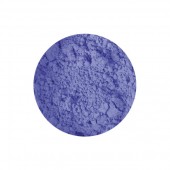
Cerulean Blue Pigment
Starting at: £14.50
-
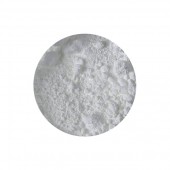
Zinc White Pigment
Starting at: £4.00
-
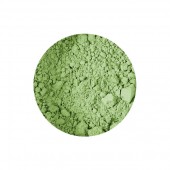
Terre Verte Pigment
Starting at: £4.00
-
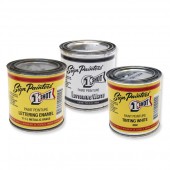
One Shot Lettering Enamel Paint
Starting at: £20.55
-
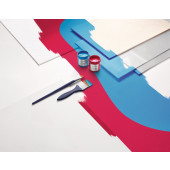
Lefranc Flashe 125 ml
Starting at: £13.95
-
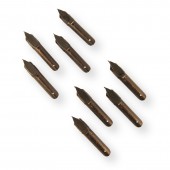
Brause Bandzug Nibs
Starting at: £2.85
-
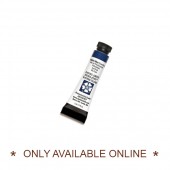
Daniel Smith Artists Watercolour 5ml Tube
Starting at: £7.20
-
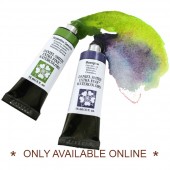
Daniel Smith Artists Watercolour 15ml Tube
Starting at: £13.40
-
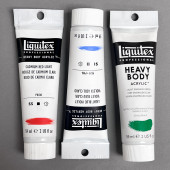
Liquitex Heavy Body 59ml
Starting at: £10.30
-
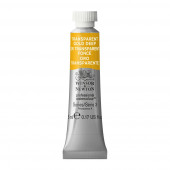
W&N Professional Watercolour 5ml Tube
Starting at: £8.25
-
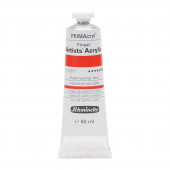
Schmincke PRIMAcryl 60ml
Starting at: £7.60
-
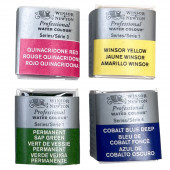
W&N Professional Watercolour Half Pan
Starting at: £7.90
-
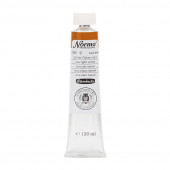
Schmincke Norma Artists' Oil 120ml
Starting at: £19.50
-
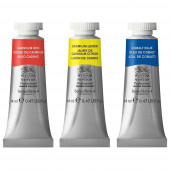
W&N Professional Watercolour 14ml Tube
Starting at: £16.00
-
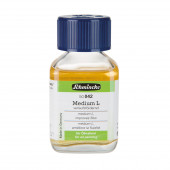
Schmincke Medium L
Starting at: £9.45





